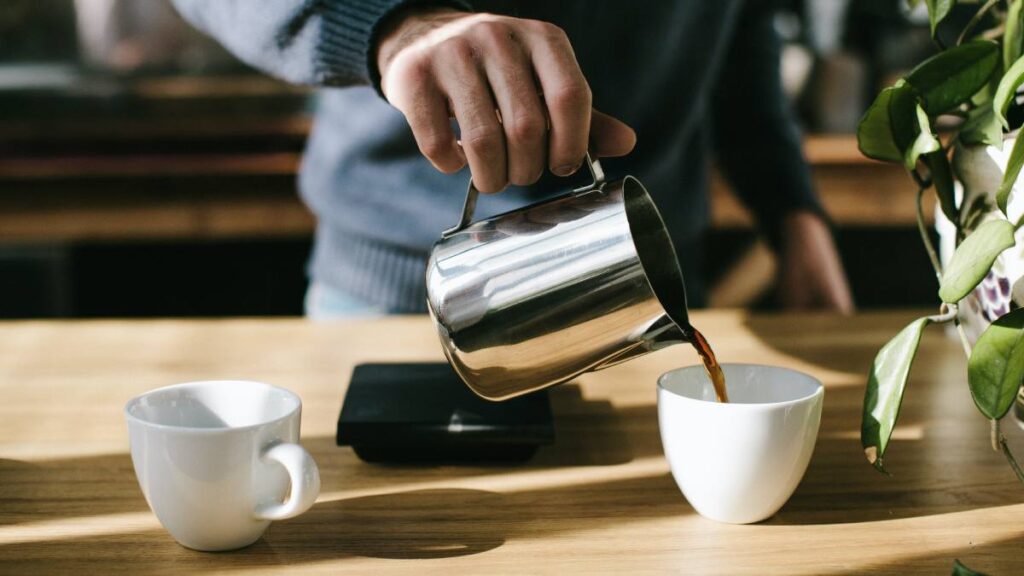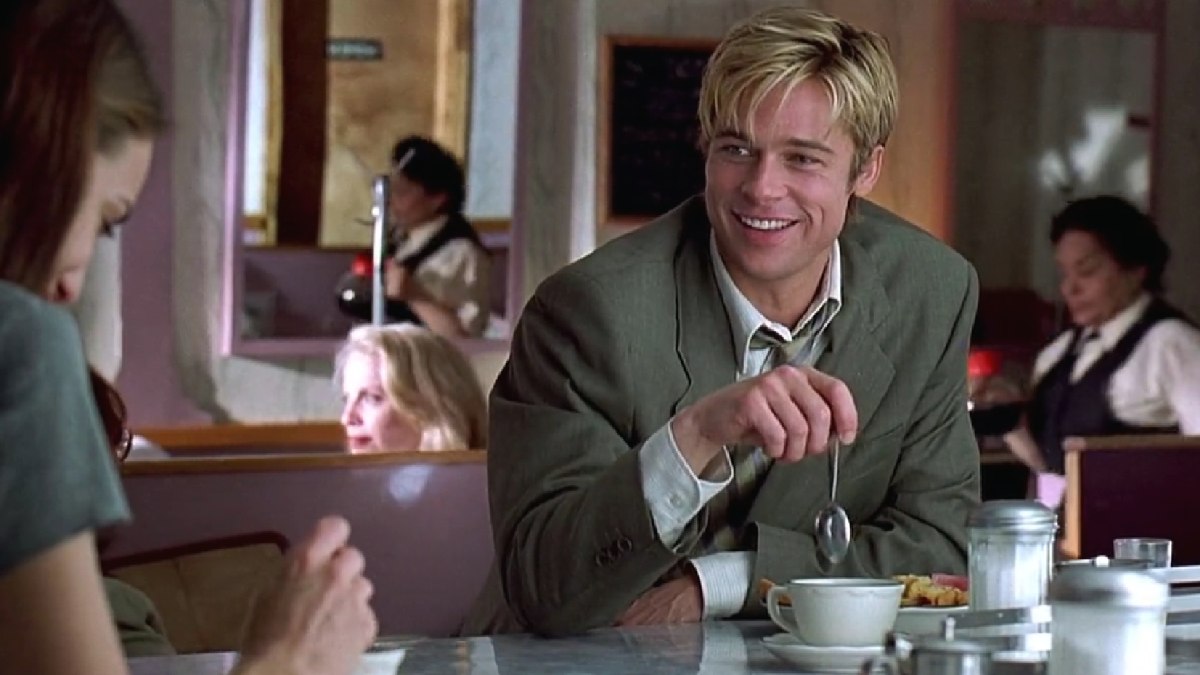Click here to read the Spanish version.
Coffee is one of the most universal beverages. One of the morning foods par excellence to wake us up, but also an essential element of after-dinner, mid-morning or even as the culmination of a dinner. And that is here in Spain and all over the world. Although, apart from the obvious language barrier, the ways of ordering a coffee vary depending on where you are in the world (even in the different Spanish provinces -this deserves a separate article-). We have prepared a sort of dictionary of how to order coffee so that you can be on the safe side if you are traveling abroad this summer.
Italy
Italy is, without a doubt, the cradle of coffee. Many of the terminologies used throughout the world come from this country. It could be considered the universal way of ordering it. Starting with espresso (a black coffee) or ristretto (the same as espresso but with less water) and going through doppio (a double espresso) or lungo (a long espresso with water). Not to be forgotten is the traditional macchiato (an espresso stained with milk, like a cortado), the caffè latte (a coffee with milk but with more milk than coffee). And, of course, another emblem, the cappuccino, which has the same amount of coffee, milk and foam, with a touch of cocoa or cinnamon. For those who want some sparkle, they can order a caffè corretto, similar to our carajillo, that is, with a splash of liqueur.

France
Our neighbors are also very fond of coffee, especially when accompanied by their delicious pastries. In France it is common to ask for café ou lait or café crème, to refer to a normal coffee with milk. If you prefer one of our own, you should say café noisette (which means hazelnut, in reference to the color that remains after adding a few drops of milk or cream). For those who prefer black coffee, the terminology is practically the same, although in this case a ristretto would be called serré (an espresso with half water).
Portugal
Our other neighbors also have varied ways of referring to different types of coffee. In this case, if you are looking for a cortado you will have to ask for a pingado (with a shot of milk). Other typical ones are the bica (a black coffee) or the Italian (ristretto). While if you are team café con leche, you should opt for a meia de leite (coffee and milk in equal parts) or a galão (with more coffee).
Germany
We already know that German is a language quite different from Spanish. In this country there is no cut coffee as such. You can ask for a mokka (single short coffee with water), a milchkaffee (coffee with milk in equal parts) or directly ein kaffe, a strong coffee.

Austria
In the Central European country you can have a cortado if you order a kaffe brauner (something like a black coffee served with cream or milk, usually in a separate jug). If you prefer a black one directly, better say schwarzer (specifying the size). While what we know as a Viennese coffee (with whipped cream) would be an einspänner or a franziskaner.
Colombia
Another of the coffee producing countries par excellence also has numerous terminologies to order this beverage. One of the most typical is tinto or tintico, which is basically a black coffee. To speak of a coffee with milk they say perico, while the guarulo is a watered down coffee with cinnamon and panela.
Venezuela
In this Latin American country we speak of guayoyo when you want a filtered black coffee with a lot of water. The cerrero would be a short espresso, while the black would be a pure and hard solo. Here if you want a cortado, you can order it as is.

Finland
Finland is one of the countries with the highest coffee consumption per capita. To opt for a cortado (coffee with approximately 20% milk), it would be enough to ask for a kahvi.
Switzerland
In Swiss cities to refer to a coffee you would only have to pronounce schümli and if you prefer to accompany it with milk foam, you would say schale.
Argentina
Although in this country the terminology of espresso, spotted, cortado or with milk also applies, if you want to refer to a small coffee, you should ask for a “pocillo” and if you prefer a large size, then you will say “jarrito” or double.

